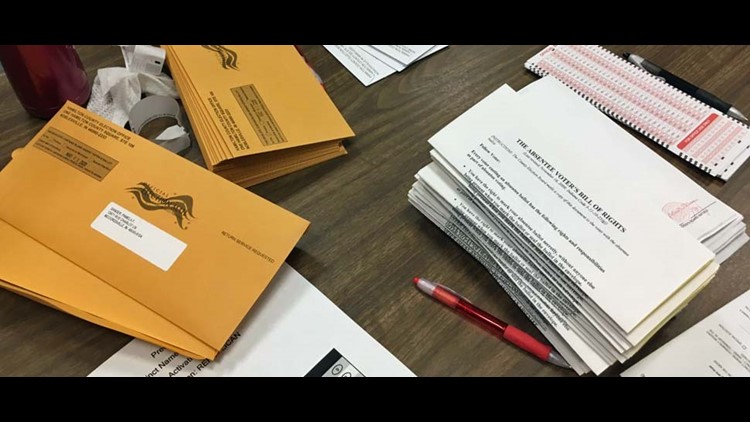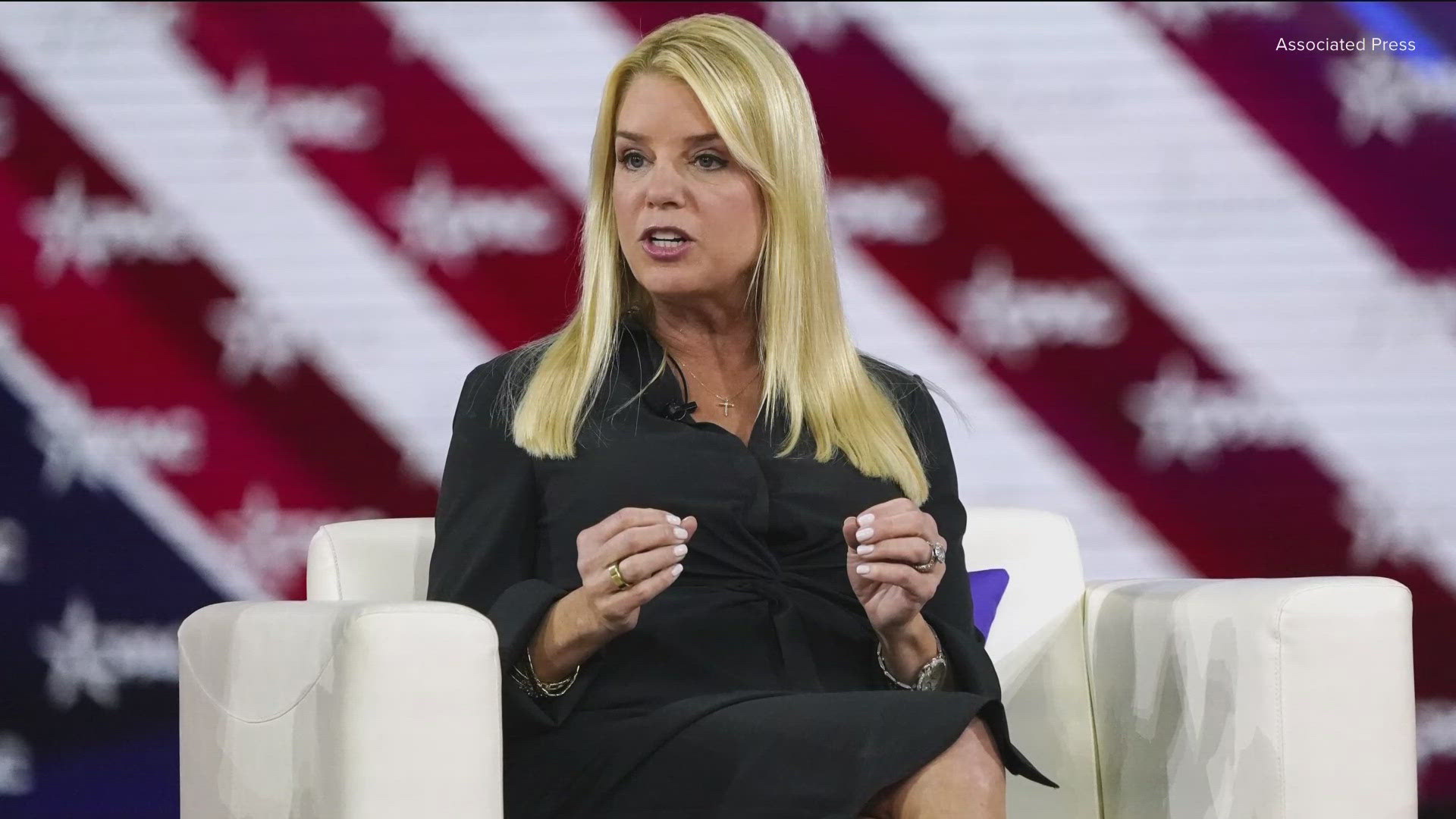INDIANAPOLIS — For more than two centuries, Hoosiers have participated in democracy by going to their local polling place to vote. In normal times they chat with their neighbors as they wait in line.
These are not normal times.
Republican Chairman Kyle Hupfer and Democratic Chairman John Zody combined in a letter earlier this month calling for expanded absentee balloting in the wake of the coronavirus pandemic that signaled what Gov. Eric Holcomb announced last Friday: A delayed primary until June 2.
“The coronavirus pandemic is causing all of us to consider precautionary measures related to group gatherings and general interaction with other people, and Election Day is no exception,” Hupfer and Zody wrote. “For their safety, the safety of poll workers, absentee voter board members, and election administrators, and the safety of all Hoosiers, allowing maximum flexibility, while preserving a citizen’s right to vote, is paramount.”
Last Wednesday, the Indiana Election Commission voted unanimously to move the primary to June 2. At its April 22 meeting, the discussion will likely turn to how the Nov. 3 election will be conducted.
Dr. Anthony Fauci, the director of the National Institute of Allergy and Infectious Diseases, on Wednesday warned that the coronavirus could keep returning as a “seasonal, cyclic thing,” like the flu. "We need to be prepared that we'll get a cycle around the second time.”
According to Indiana University pediatrics Prof. Aaron Carroll and Harvard University Prof. Ashish Jha, writing “This Is How We Can Beat the Coronavirus” for The Atlantic: “The real horror show will begin in the fall and crush us next winter, when COVID-19 comes back with a vengeance. This is what happened with the flu in 1918.”
If that should occur, would Indiana be wise for planning and executing a vote-by-mail election over the next six months? In Colorado, voters are mailed a ballot 18 days before the election. They can mail it back or drop it off to the county clerk by 7 p.m. on Election Day.
While states have flexibility when it comes to scheduling and postponing a primary election, it would take a change in federal law to delay the Nov. 3 election.
The Indiana Election Commission will reconvene on April 22 and Chairman Paul Okeson said there will be a discussion of a vote-by-mail system.” Democrat commission member Anthony Long said the June 2 election could have “unintended consequences” with the expanded absentee voting, adding, “We’ll see how this mail-in system works and what problems will be and there will be some.”
Secretary of State Connie Lawson said last Friday, “Clerks were concerned about capacity if everybody voted by absentee.”
Hupfer told me that he and Zody simply wanted to open up the absentee ballot process in the face of the pandemic. “We’re hopeful that moving the election to June 2 will allow for in-person voting,” Hupfer said.
Zody reacted to Wednesday’s Election Commission decision, saying, “This is a historic expansion of Hoosiers’ voting rights. For the first time, any Hoosier who wants will be able to vote by mail. Hoosiers shouldn’t have to choose between putting their health at risk and exercising their constitutional right to vote."
Bill Moreau, president of the Indiana Citizen Education Foundation, believes the rescheduling of the primary to June 2 will spur turnout. “As we head toward the 2020 elections, Indiana should aspire to increase voting turnout substantially, with the goal of moving from the bottom 10 to the top 10 of states.”
According to the 2019 Indiana Civic Health Index, Indiana ranked 41st in the nation in voter turnout in the 2016 presidential election year. In the 2018 midterm, it ranked 42nd. In the 2014 midterm, it was 47th.
Moreau suggested that the wider absentee primary voting ... “should improve turnout for the primary election. We strongly support the recommendation to allow absentee voting by any registered voter, sometimes referred to as no-fault absentee voting.”
Vote by mail worked well in Colorado. George Stern, clerk and recorder of Jefferson County, Colo., said in a USA Today op-ed, “Given that voters receive their ballots so far in advance and have a range of options for turning them in, it is no surprise that Colorado has finished among the top states for turnout in the past several election cycles – 72% participation in 2016 and 63% in 2018, compared with 60% and 50% nationwide. Further, by significantly reducing the number of in-person voting places required, Colorado has also cut its election costs by as much as 40%.”
Stern added, “Mailed ballots mean a paper trail. Not only are paper ballots more secure than election hardware, they can also be retained and audited once the election is over."
While Zody saw a breakthrough with the expanded absentee primary balloting, Hupfer isn’t inclined to move toward a permanent mail-in voting system. “Initial anecdotal evidence is that wouldn’t be possible during that time period,” Hupfer said of the next six months. “We certainly could expand absentee balloting if necessary.”
Hupfer continued, “Voting in person has worked. People want to vote in person. They like to vote in person. We know that it provides for safe and secure elections. I don’t see any reason to change that moving forward.”
The columnist is publisher of Howey Politics Indiana at www.howeypolitics.com. Find Howey on Facebook and Twitter @hwypol.



